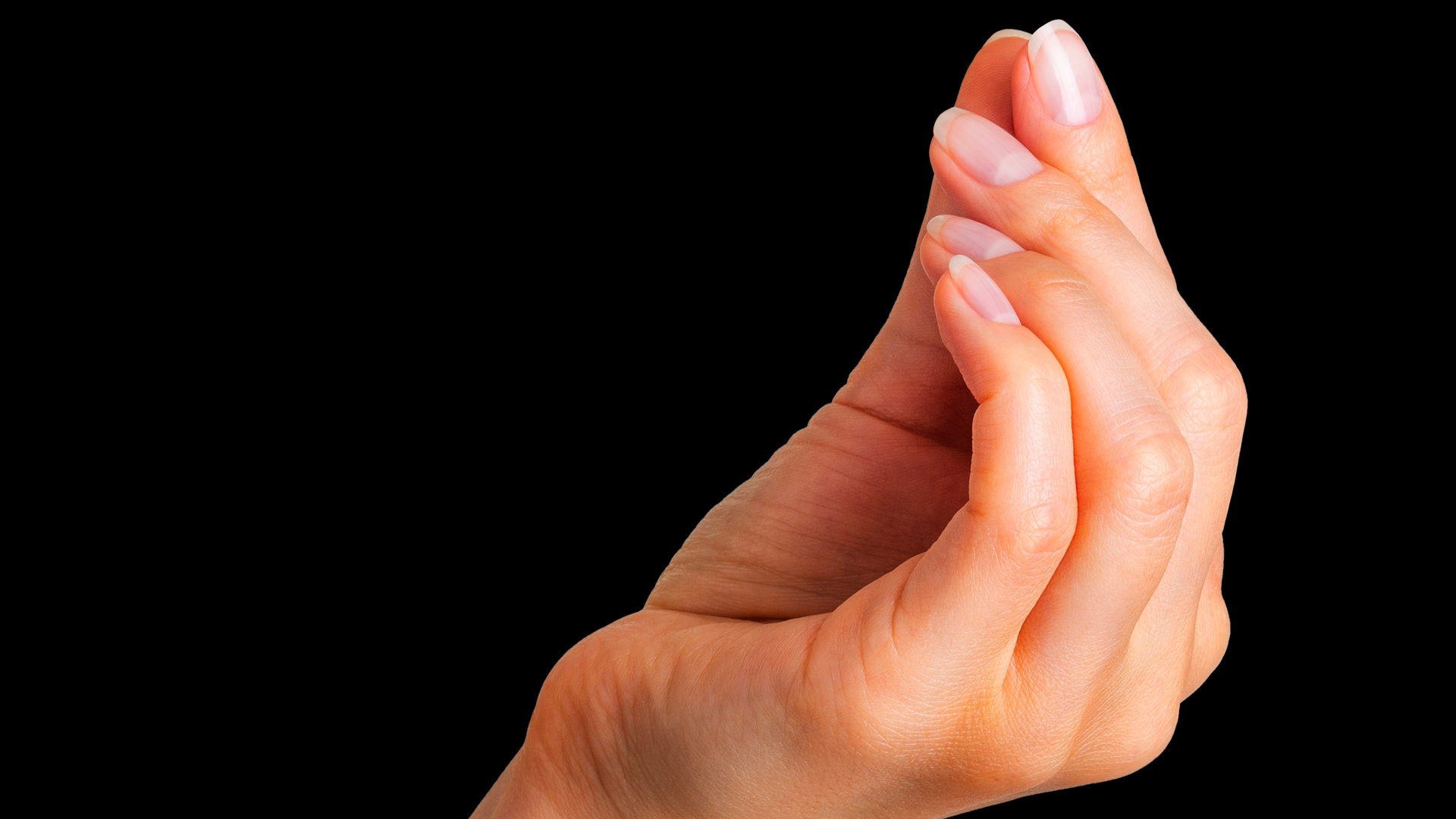Unicode Consortium acknowledges Italians talk with their hands
Italians have long been champions of gesticulation, a form of nonverbal communication and expression. Therefore, it was only a matter of time before they adapted the most common Italian hand gesture into the most ubiquitous type of digital communication: an emoji.
The emoji was first published in the 13th update of Emoji on March 10, 2020. Officially referred to as the “Pinched Fingers” Emoji, it was published in a group of fifty which included a ninja, piñata, military helmet, and an accordion.
In Italian, its referred to as “ma che vuoi” or “What do you mean?” in English. It is also commonly known as the finger purse. It is usually used when a person talking thinks something is not fair or unbelievable. It’s representative of anger and surprised feelings as well. Italian hand gestures have been pictured in films, television, cartoons, and even art. It's seen as a universal way for Italians to communicate with one another. No matter where Italians are in the world, the pinched finger emoji offers a piece of familiarity.

(Photo Credit: Anthony Sciarratta)
“I use the Italian hand emoji constantly. It’s something to digitally annunciate how we feel as Italians. It’s a matter of pride and culture,” said Chris Vaccaro, vice president of Digital Media and director of the Graduate Journalism Program at Hofstra University. “Our hands are connected to our emotions in so many ways. If you could feel an emoji in your soul, it’s that one! The emoji, and hand gestures in general, can be used to show several feelings but it’s distinguishable as Italian, for Italians, by Italians.”
The Italian Hand Gesture Proposal
Submitted to the Unicode Consortium was a 14-page proposal in April 2019 by Italian journalist and entrepreneur Adriano Farano, American journalist Jennifer 8. Lee, and filmmaker Theo Schear. The reasoning behind the proposal was because of the popularity of Italian culture across the world.
The proposal notes that the pinched fingers emoji is not necessarily solely Italian. People across the world, even outside of Mediterranean culture, use the gesture for a variety of meanings.
“Beyond the Italian diaspora of the pinched fingers gesture, the symbol is also extremely common in other Mediterranean cultures,” the trio wrote in their proposal to the Unicode Consortium. Usages of the gesture can mean “wait a minute,” “hurry up,” or “relax” in Israel and elsewhere in the Middle East. “In our increasingly globalized social climate, this gesture is no longer exclusively an Italian or even Mediterranean symbol,” the proposal noted.
Since its publication, many other communities around the world have adopted the pinched finger emoji as their own. K-Pop star, Yuri, uses this emoji to represent a dumpling or a statement with a warm sentiment. Depending on the context, the pinched finger emoji could also refer to a sexual act, which was also debated on Twitter after its publication.
Despite the wider use of the pinched finger emoji, it is still largely referred to as an Italian gesture.
“People are constantly looking for ways to speed up communication. Emojis are an extension of that rapid communication,” Vaccaro says. “This saves people time from typing how they feel, and they get right to the point. I’ll use emojis at the end of posts on social media to underscore my pride with an Italian flag or a lion if I’m talking about Hofstra University. Emojis put a digital stamp on your thoughts.”
ABOUT THE AUTHOR
Anthony Sciarratta was born in Maspeth, New York, to Italian American parents. His debut novel, Finding Forever: A 1970s Love Story, was originally self-published before reaching major-market publication with Post Hill Press. Anthony received exposure for his work using a series of grassroots social media campaigns. Currently, Anthony produces viral social media content for small businesses across New York City. He also hosts a podcast titled Breaking Bread, where he features notable members of the Italian American community.

